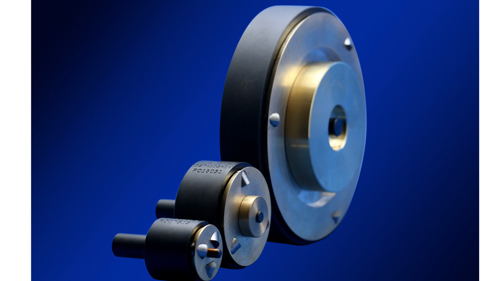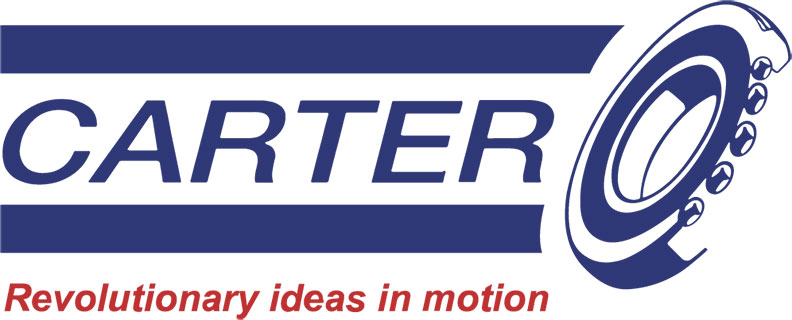In the Aerospace industry the importance of landing gear maintenance can never be overestimated because the components and systems must operate safely and efficiently in the most demanding and often, extreme conditions - every time. Regarded by some aviation experts as ‘mechanical marvels’, landing gear is a ‘big deal’, with initial sales in the global market valued at 10.79 Billion USD (2021) and predicted to grow to 22.90 Billion USD by 2030 (fortunebusinessinsights.com)..
Furthermore, aerospace landing gear maintenance represents around 20% of total aircraft maintenance costs because it directly impacts safety, reliability and performance, where even minor defects or failures could lead to catastrophic consequences.
Regular and precise maintenance ensures that all components are in optimal working condition, minimising the risk of malfunctions, accidents or downtime, because in an industry where safety, precision and consistency are paramount, proper maintenance procedures are ‘non-negotiable’. These procedures also extend the operational lifespan of expensive equipment and help to reduce operational costs.

Bearings are an essential component in todays’ landing gear systems and correct installation is critical to harness the full potential of a bearing’s performance and safe operation, as the consequences of a poorly installed bearing could be far reaching. This applies to initial installation into an airframe assembly, a main shaft on a jet engine, or a suspension system.
Precision bearing specialists CARTER MANUFACTURING are approved aerospace bearing suppliers to industry leading landing gear manufacturers and are accredited to ISO9001 incorporating the requirements of AS9120 with flow down from AS9100. Carter also offers the full range of UNASIS Aerospace Bearing Tools, https://www.unasisbearings.com/aerospace-bearing-tools/custom-aerospace-bearing-toolsgiving customers the ability to correctly install bearings, first time, every time.
With a comprehensive range of tools in stock, along with the ability to work with a customer to design bespoke tools for one-off applications, UNASIS cater for all Aerospace bearing tooling needs. The UNASIS installation, removal and testing tools are proven to optimise the installation of bearings, resulting in both cost and time saving benefits.
Due to the extreme loads and forces occurring in landing gear systems, spherical plain bearings are an ideal option and are typically larger than in other aerospace applications, which can also present challenges in tooling design. Many of the larger landing gear applications require the tooling to be portable - without compromising tool performance and often cannot be mounted in a pillar drill, or drill press to install, or replace the bearing. Therefore, portable tools have to be utilised, similar to avionics and aircraft wing repairs that standard MRO tools are used on.
Attention to detail is critical so careful consideration of all aspects of tooling design, such as the number of cutting teeth, their profile in our portable cutting tools and for our swage tools we may increase the number of rolling elements due to the larger circumferences of the bearings used. Tooling must also be as user-friendly as possible, so we generally design with the focus on the end-user to ensure that tools can be used with just a single fitter / operator.
As the preferred choice for most landing gear systems, it’s important to understand why spherical plain bearings are the best option:
Load Distribution - Aircraft landing gear must support the entire weight of the aircraft. As an example, an Airbus A320, one of the Worlds most used aircraft has an approximate take-off weight of around 77,000 kg. This is obviously a substantial load and spherical bearings are designed to handle both radial and axial loads ensuring that the weight of the aircraft is distributed evenly across the landing gear components.
Articulation - Landing gear components need to articulate or pivot to accommodate the various angles and forces encountered during take-off, landing and taxiing. Spherical plain bearings allow for this, enabling the landing gear to move in multiple directions, while maintaining structural integrity.
Shock Absorption - During landing, aircraft experience significant shock loads as they touchdown on the runway. Spherical plain bearings help absorb and dampen these shocks, reducing the transmission of impact forces to the rest of the aircraft structure.
Corrosion Resistance - Aircraft often operate in challenging environmental conditions, including exposure to moisture, salt and other corrosive elements, which is why spherical plain bearings are typically made from corrosion resistant materials.
Weight Considerations - As in many engineering applications, engineers and designers are always looking to minimise the weight of system components to improve energy-efficiency and performance. Spherical plain bearings are chosen for their ability to provide the necessary load-bearing capacity, whilst keeping weight to a minimum.
More here: https://www.carterbearings.co.uk/industries/aerospace












UK Enters ‘Golden Age of Nuclear’
Anybody know why it takes from 2025 to mid 2030's to build a factory-made SMR, by RR? Ten years... has there been no demonstrator either? Do RR...